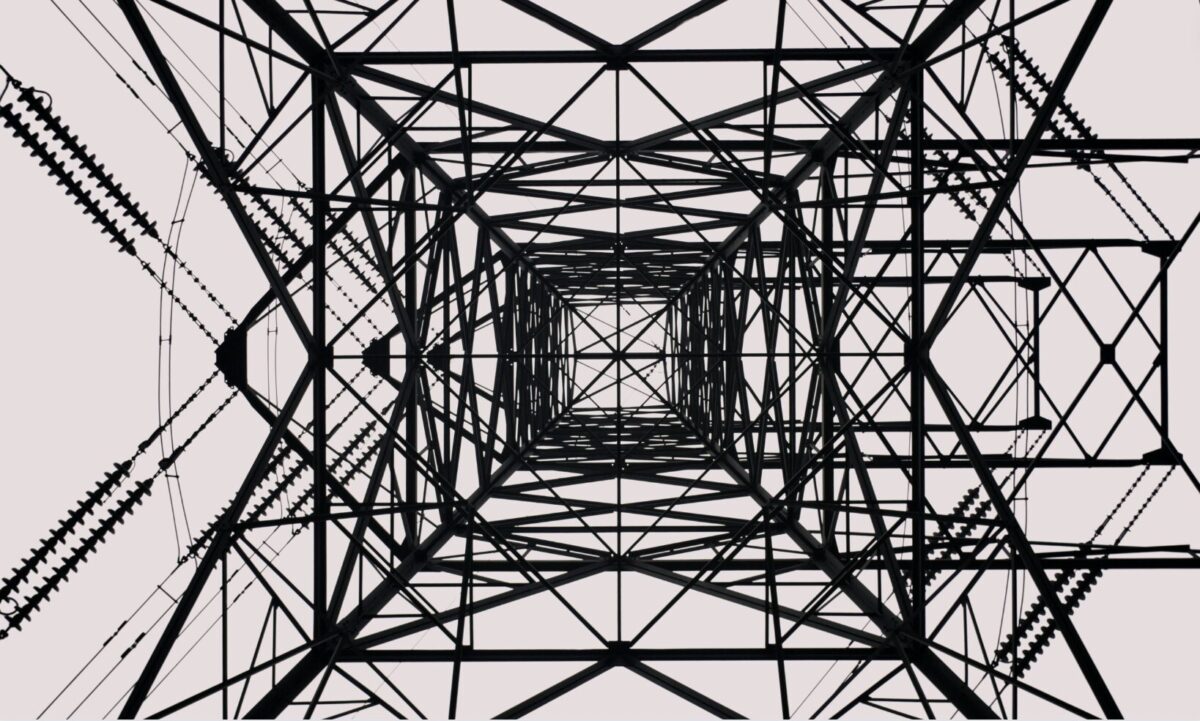There is no energy transition without grids
It is critical to develop a strategy to support transmission and distribution grid development to bring renewable energy to all consumption centres that want to go net zero. Failure to do so would be like having high-speed trains and buying engines without developing the right tracks.
Article
2024

Article
In the context of the energy transition and decarbonisation of our electric power system, a number of technologies come to mind including wind turbines, solar panels, electric vehicles and batteries. However, regrettably, electricity grids do not receive the same level of attention. Without accelerated grid development, none of the above technologies can deliver their full value, which could jeopardise the secure energy transition. This topic was explored at the International Energy Agency (IEA) in our analysis Electricity Grids and Secure Energy Transitions.
The transition to clean energy has brought about significant changes in our electricity systems. On the one hand, we are witnessing a significant increase in demand for electricity, driven by both economic growth and the electrification drive across industries and services. We anticipate that this growth will accelerate further in the coming years, driven by additional electrification, hydrogen production via electrolysis and the expansion of technologies such as data centres and artificial intelligence.
Delays in grid development jeopardise climate goals, endanger electricity security and hold back economic growth
The changes are not limited to electricity demand. There has also been a significant increase in the installed capacity of renewable energy sources, which has grown by more than 45% globally over the past five years. This growth was driven primarily by solar PV and wind. These energy technologies are the backbone of energy transitions, providing large amounts of clean energy at competitive prices.
Despite the significant changes observed in the generation and consumption of electricity, the power grid infrastructure has not undergone a similar transformation. Spending on grid infrastructure has remained relatively stable, failing to keep pace with the growth in renewables. Grids are a key infrastructure element. Not only do they help in accommodating new energy sources, thereby increasing the electricity demand and expanding electrification by bringing power to end users, but they also provide the flexibility needed to guarantee the safety of system operations. Slow grid development is already having a significant impact on the evolution of electrical systems.
Globally, at least 1,500 GW of renewable energy projects are currently in advanced stages of development but waiting in connection queues. Similarly, new industrial projects reliant on electricity, including data centres and electrolysers for hydrogen production, have been delayed or cancelled as a result of insufficient grid capacity. Delays in grid development jeopardise climate goals, endanger electricity security and hold back economic growth.
By 2040, more than 80 million kilometres of transmission and distribution grids will need to be built or refurbished worldwide
This is a paradoxical scenario. It is like having high-speed trains and buying engines without developing the right tracks. To ensure that grid infrastructure does not act as a barrier to development, we have to see significant growth in the coming years. By 2040, more than 80 million kilometres of transmission and distribution grids will need to be built or refurbished worldwide., the equivalent of the entire existing grid. This will consequently require a substantial increase in grid investment, which must double to over 600 billion USD per year by 2030.
While challenging, this is a crucial step that will require action in areas such as power operation, regulation and planning. Our analysis has identified six areas that require immediate attention if we are to accelerate the development of our power grids. These include significant improvements in power system planning, establishing and updating regulatory frameworks, driving funding for new projects, expanding supply chains, using all potential digital technologies, and empowering workers so they acquire the necessary skills and competencies.
I would like to add one more thing: the role that energy infrastructure, and particularly grids, play in the collective imagination. While power grids play a crucial role in the transition towards decarbonisation, security and economic growth, they are not as popular as new renewable energy projects, despite being crucial for their implementation. To meet global climate targets, grid development needs to be done in a participatory and consensual manner, while also acknowledging their crucial and irreplaceable role in our society.
Pablo Hevia-Koch is Head of Renewables Integration and Secure Electricity at the International Energy Agency (IEA)






